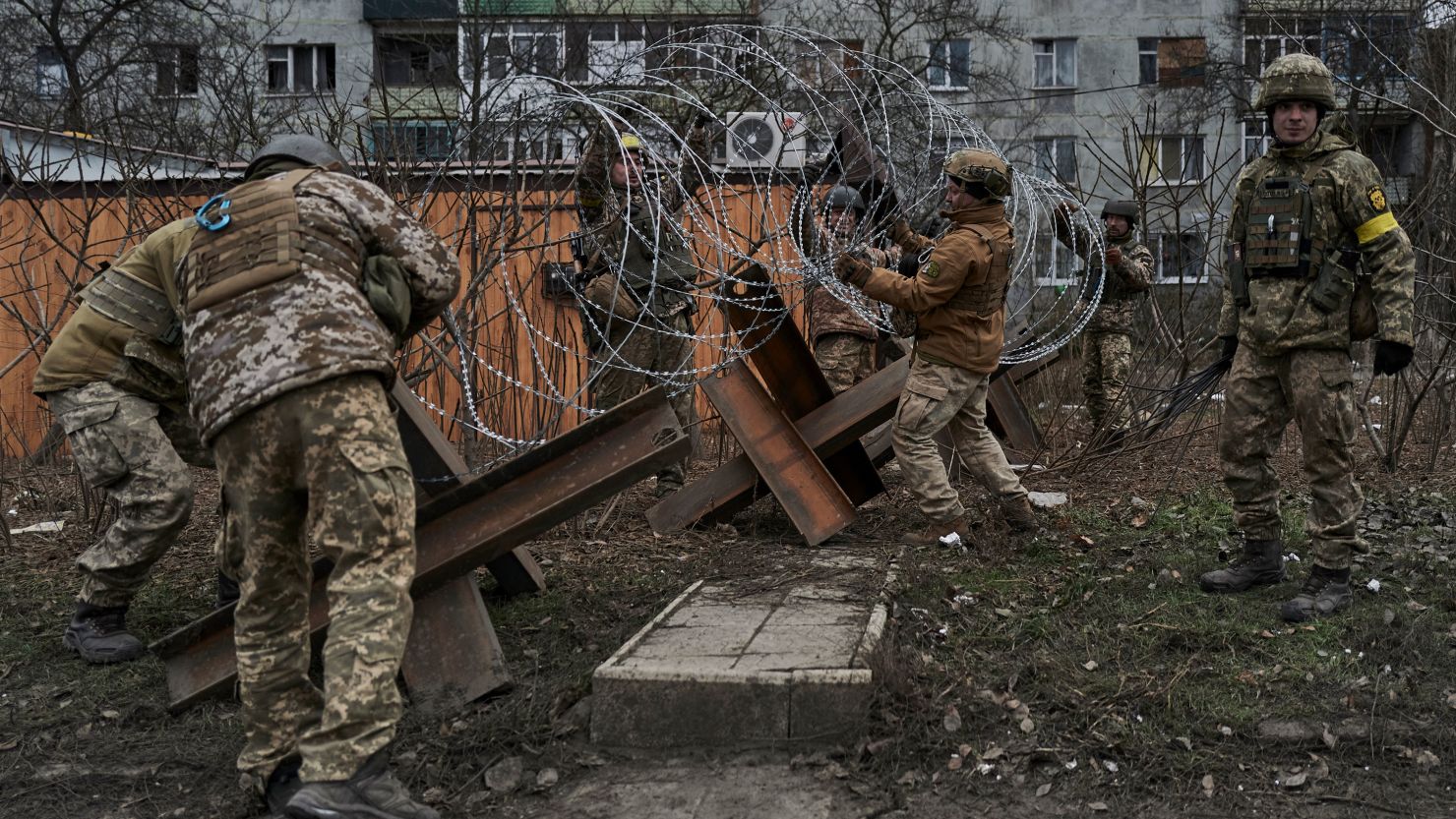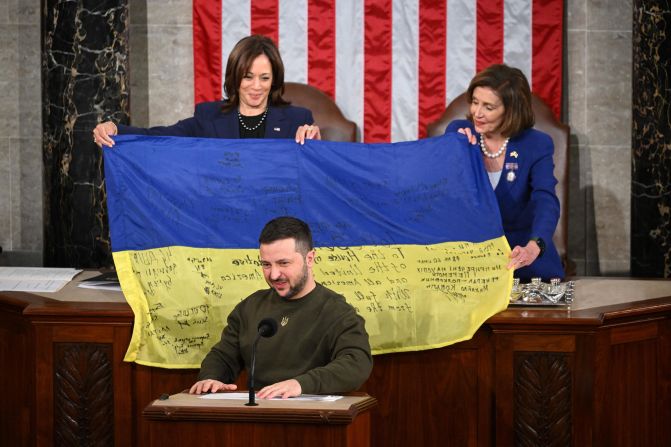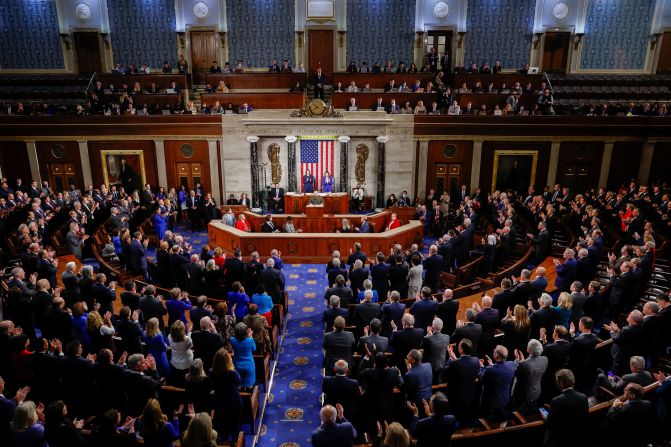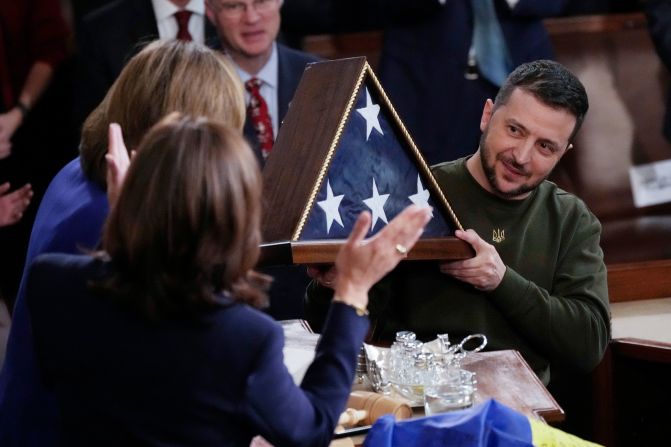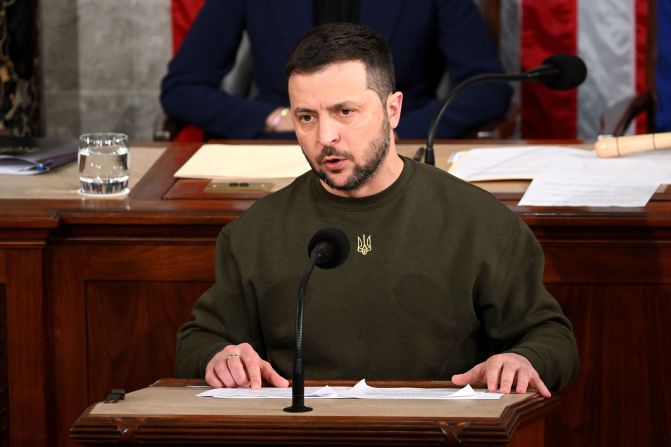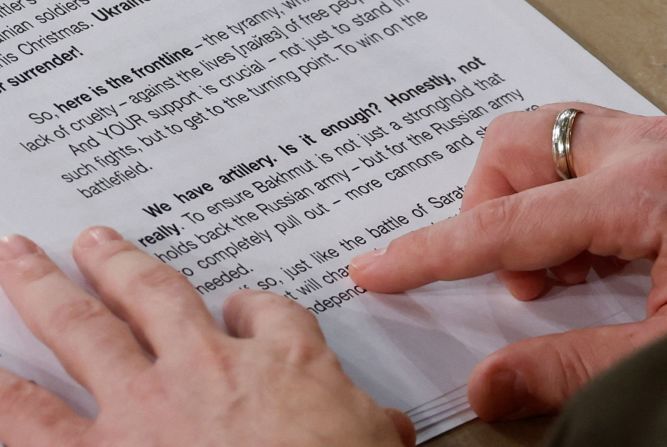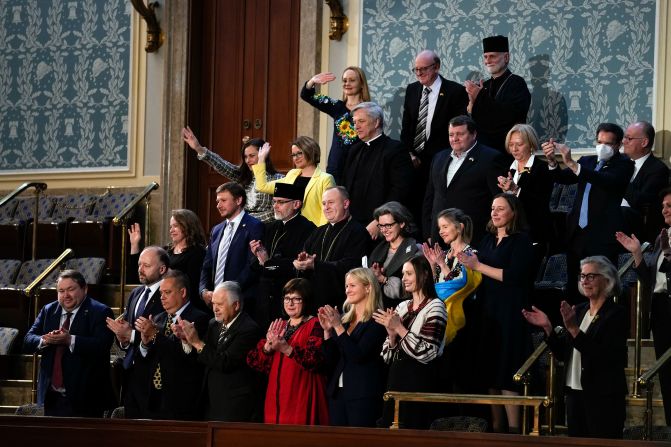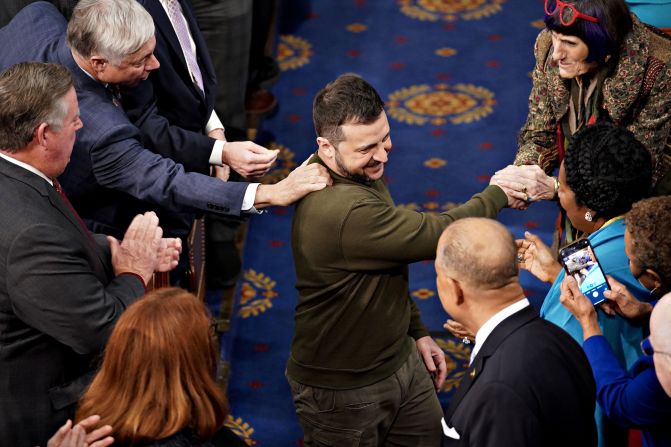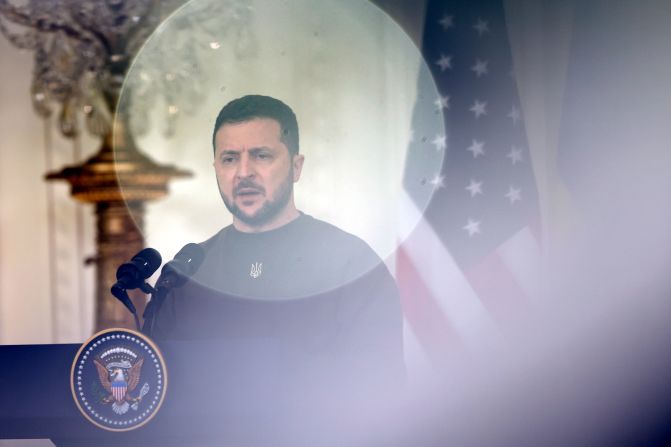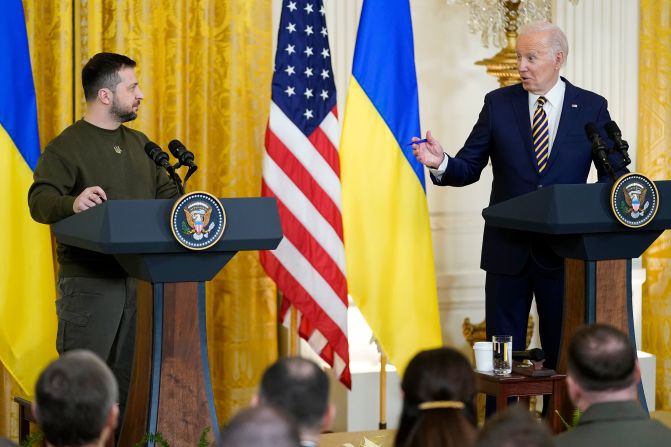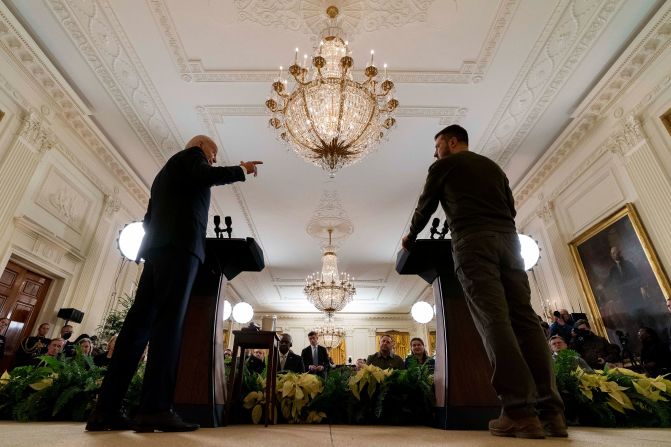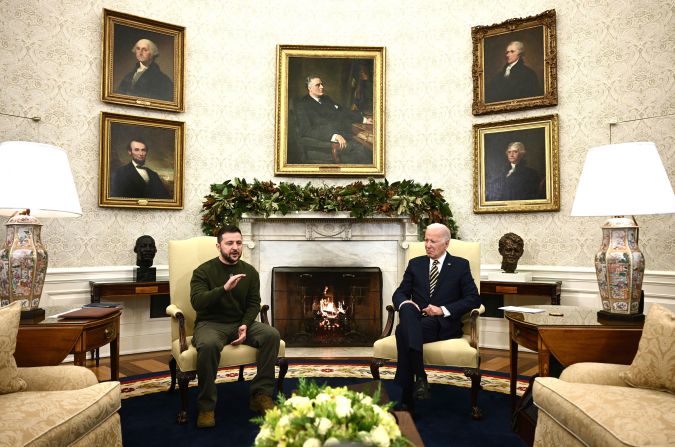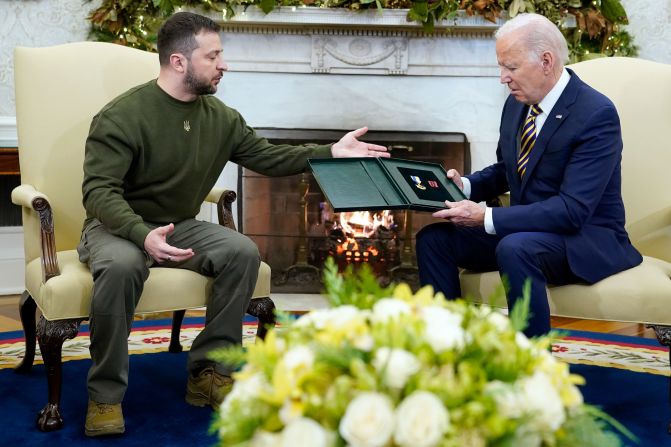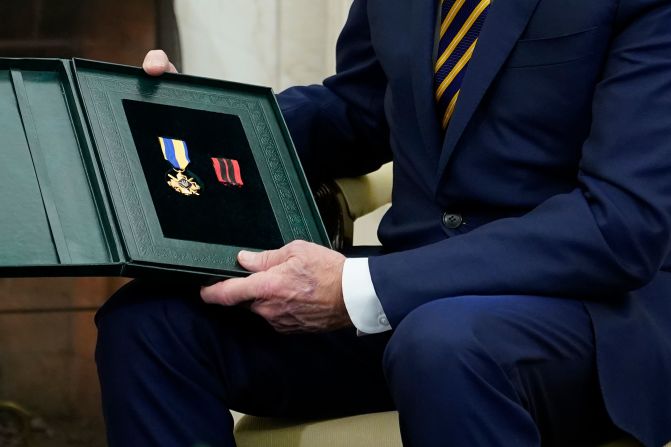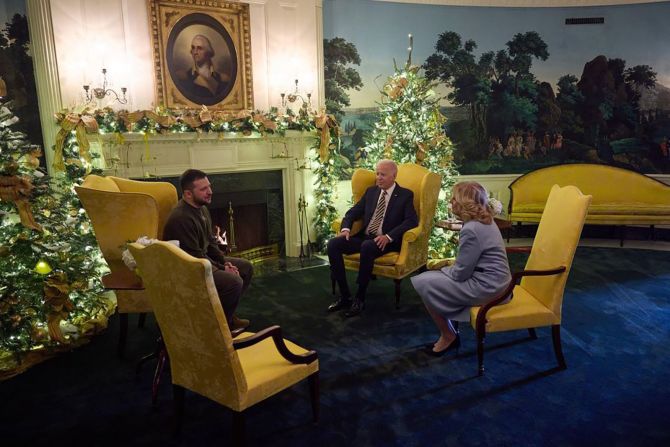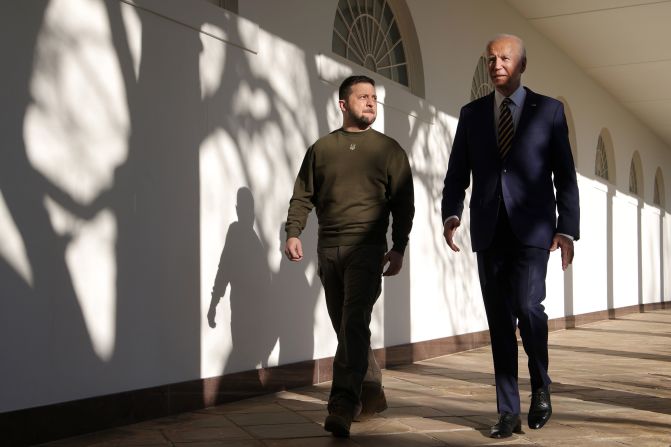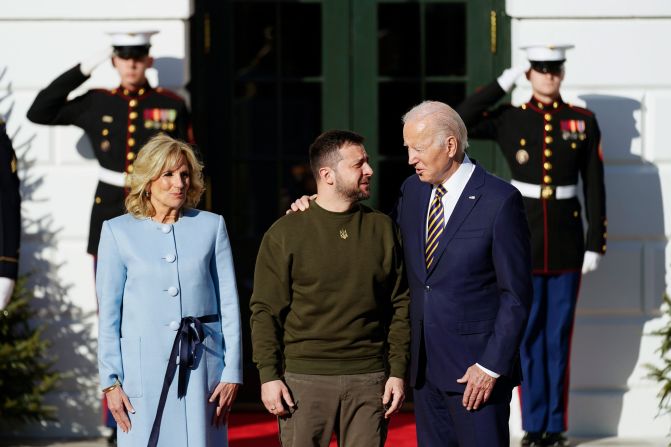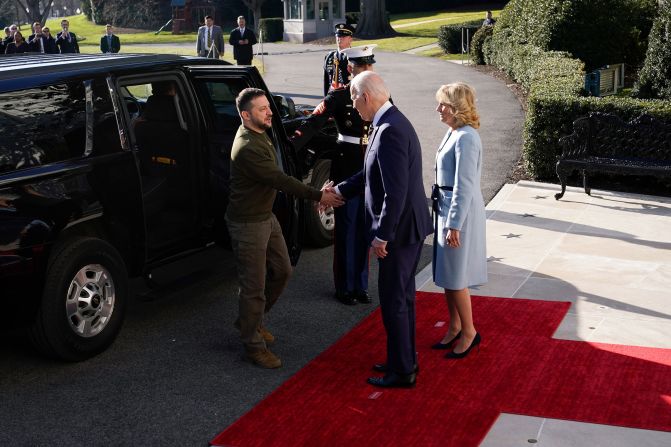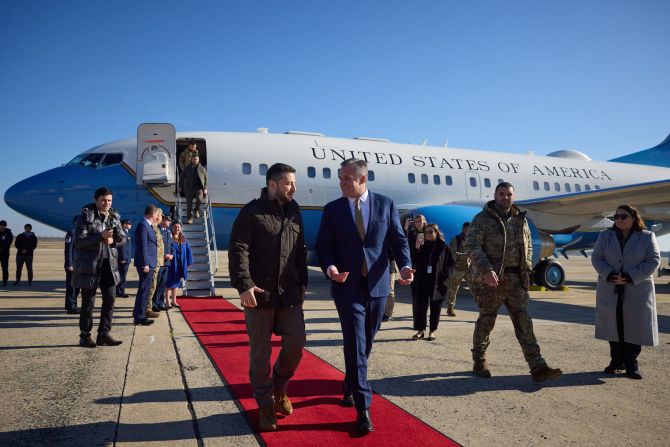Bakhmut rests in the gentle rolling hillocks of the Donbas, a countryside feature that is rare in the Ukrainian steppe.
During the past 10 months of Russia’s war on the country, the city has risen to infamy for being regularly referred to as the most contested and kinetic part of the 1,300km (800 mile) frontline in Ukraine.
For months, Ukrainian President Volodymyr Zelensky, his advisers and generals have been calling the battles for Bakhmut “fierce,” “hot” and “difficult.”
The fire and brimstone unleashed by the Russian advance on the city has left it in ruins, a smoking shell of its former self. This fate has burnished Bakhmut’s power as a symbol of Ukrainian resistance – in the face of devastating Russian attacks, it is still holding on.
Various CNN teams have visited the city in recent months, including one that I was part of. We witnessed the devastation and dereliction. We saw firsthand the impact it was having on the Ukrainian soldiers there, and the shellshock the hardy residents who remained were going through.
Much of the fighting is taking place at relatively close quarters and Bakhmut has become the epicenter of attacks from the notorious private military company Wagner, which is headed by Yevgeny Prigozhin, a close ally of Russian President Vladimir Putin.
Wagner has been conducting many of the operations around the city, and videos posted on social media from Wagner-linked Telegram channels show the alleged recent capture of villages close by. It has also ended up being the destination of Wagner fighters recruited directly out of prisons in Russia.
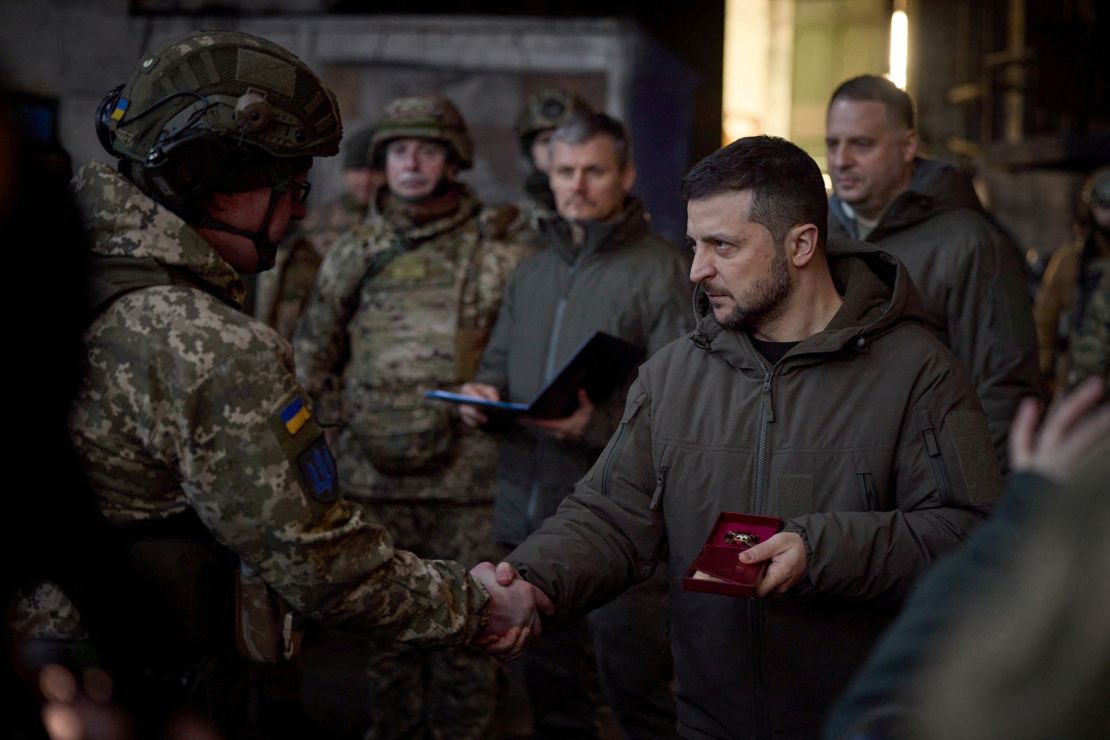
But despite all this Bakhmut now holds lower strategic significance than it did at the start of the war. It lies on the road towards much bigger and more strategically important cities of Sloviansk and Kramatorsk.
The hold-up for the capture of Bakhmut has allowed fortifications to take place in those surrounding cities that make any success there now much less significant.
But the resources poured into its defense and assault from both sides have drawn the eye of experts and journalists. Zelensky took it to a new level this week.
Standing on the dais on Capitol Hill on Wednesday evening, he thrust Bakhmut well onto the world stage.
In pictures: Zelensky's wartime visit to US
The Ukrainian president, speaking in English, a rarity in itself, movingly described the dire situation there: “Last year, 70,000 people lived here in Bakhmut in this city,” he said. “Now only a few civilians stay. Every inch of that land is soaked in blood, roaring guns sound every hour… the fight for Bakhmut will change the tragic story of our war for independence and of freedom.”
Members of congress stood and applauded four times, as Zelensky recounted the city’s fate.
In his roughly 25-minute speech, six minutes were dedicated to the situation in and around Bakhmut.
In the middle of it he equated the fighting in Bakhmut to the Battle of the Bulge during the Second World War, one of the bloodiest and infamous clashes of that conflict. This was no throwaway comparison. Indeed, video footage of the seemingly futile trench warfare around Bakhmut does resemble that conflict.
The day before his visit to the United States, Zelensky was in Bakhmut himself, handing out awards to soldiers defending the city.
He hand-delivered a Ukrainian flag signed by troops there to former Speaker of the House Nancy Pelosi and Vice President Kamala Harris. “Let this flag stay with you, ladies and gentlemen. This flag is a symbol of our victory in this war,” he said.
And with all that, Bakhmut became more than ever not just a city fighting for survival – it is now the beating heart and one of the most powerful emblems of the country’s resistance.
